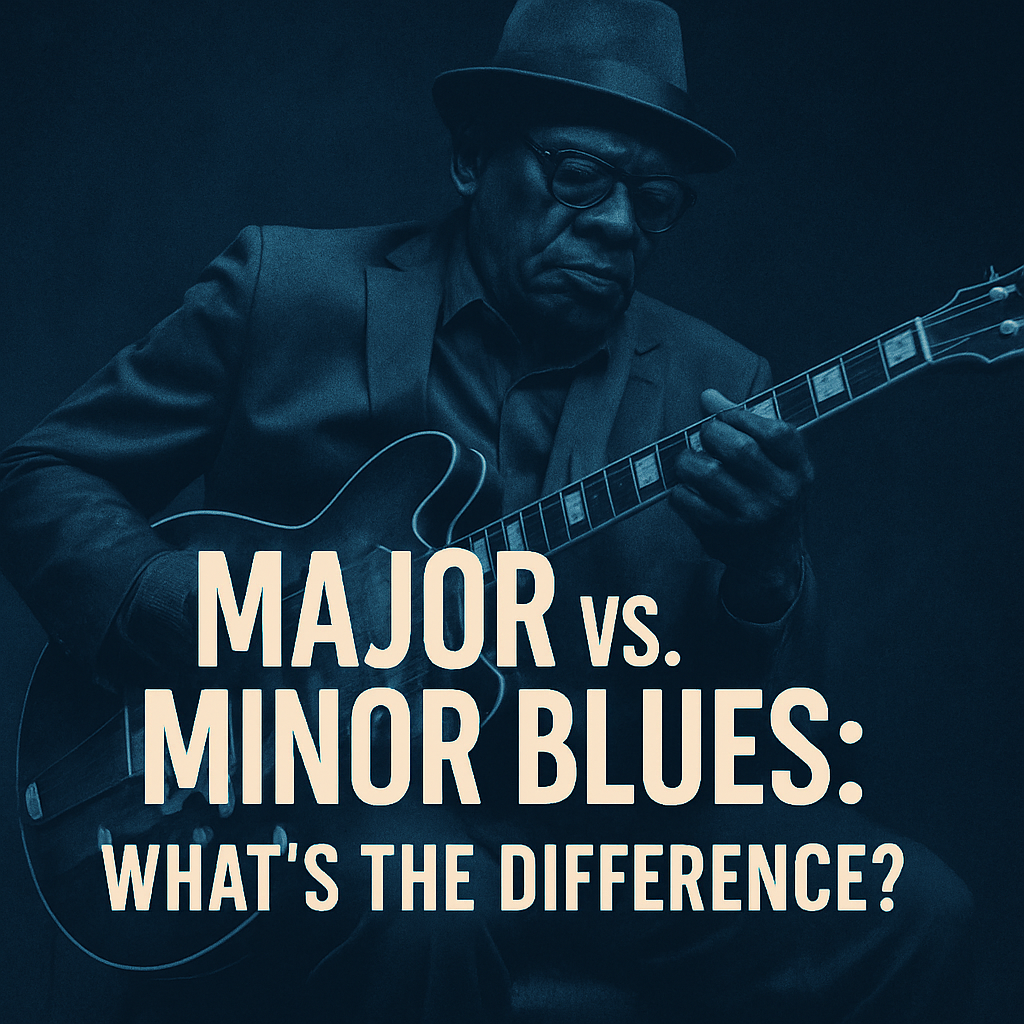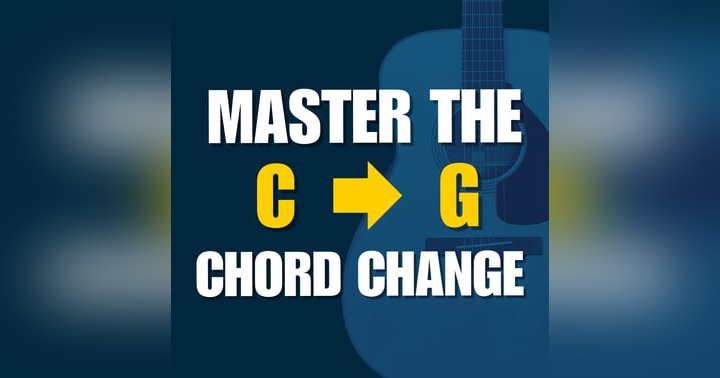Understanding the Difference Between Major and Minor Blues on Guitar

Learning to play blues on guitar is one of the most exciting milestones for any beginner guitarist. But if you’ve ever wondered what someone means when they say “play a blues in A” or questioned whether that refers to a minor or a major sound, this week’s episode of the Beginner Guitar Academy Podcast has you covered.
Let’s unpack what host Paul Andrews shared in Episode 245 as he answered member questions about major versus minor blues progressions.
What Does "A Blues in A" Actually Mean?
According to Paul, when most musicians say, “play a blues in A,” they typically mean a 12-bar blues progression in the key of A, making use of dominant 7th chords, A7, D7, and E7. This structure is what’s considered a major blues, even though interestingly, the dominant 7th chords used are a blend of both major and minor sounds due to the flattened seventh note. This combination provides that signature “bluesy” tension.
Common Major Blues Songs:
-
“Pride and Joy” by Stevie Ray Vaughan
-
“Hoochie Coochie Man” by Muddy Waters
-
“Johnny B. Goode” by Chuck Berry
These tunes all revolve around dominant seventh chords and loads of minor pentatonic soloing, giving you that classic upbeat, energetic blues feel.
So, What Is a Minor Blues?
A minor blues uses minor chords and delivers a moodier, darker vibe, the “cousin” of the major blues. While the format is still often a 12-bar structure, the difference lies in the chord quality: instead of A7, you start with Am, and the whole progression leans into its melancholic edge.
Great Minor Blues Examples:
-
“The Thrill is Gone” by B.B. King
-
“Tin Pan Alley” by Stevie Ray Vaughan
-
“Ain’t No Sunshine” by Bill Withers
Minor blues often sound a bit slower and more soulful, letting you dig deeper into expressive bends and phrasing.
Why Does This Matter for Beginners?
Understanding the distinction is key when you’re searching for backing tracks, learning songs, or jamming. If you’re asked to play a blues in A, odds are you’re working with dominant 7th chords and the major 12-bar format. But recognising the difference means you can:
-
Improvise more effectively,
-
Write your own blues songs,
-
Know what soloing scales fit, often using the minor pentatonic even over major blues progressions!
It also helps avoid confusion when you jam along to a backing track or join a new group of musicians.
Practice Tips from the Episode
Paul offers practical steps for nailing the sound of each style:
-
Try Both Progressions: Play through a dominant 7th (major) 12-bar blues and then a minor 12-bar blues.
-
Jam & Record Yourself: Use a looper pedal or backing track to play over each progression—hear how different soloing approaches sound over both.
-
Learn Songs in Each Style: Tackle a classic or simple tune within each blues form.
-
Understand Chord Extensions: Experiment with adding minor 7th chords or dominant 7th chords for more flavour.
Final Thoughts
Whether you’ve just picked up the guitar or you’re looking to round out your fundamentals, knowing the difference between major and minor blues is crucial. It not only helps you follow directions in a musical context, but it also opens you up to a world of expressive soloing and songwriting opportunities.
So next time you hear “play a blues in A,” you’ll know exactly what to do—and you’ll sound all the more confident while doing it!
Want structured lessons and a supportive community? Check out the Beginner Guitar Academy and join fellow students on your musical journey.
Keep practicing, and see you on next week’s episode!









